An activity to use in conjunction with the numeracy song, "Five Currant Buns".
Use this teaching resource to solidify your students’ understanding of counting to five.
Print the resource on thick card, then cut out the currant buns. Ask the students to count the buns as they put them on the poster provided.


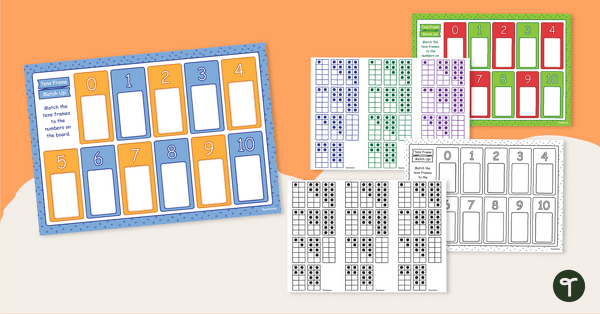
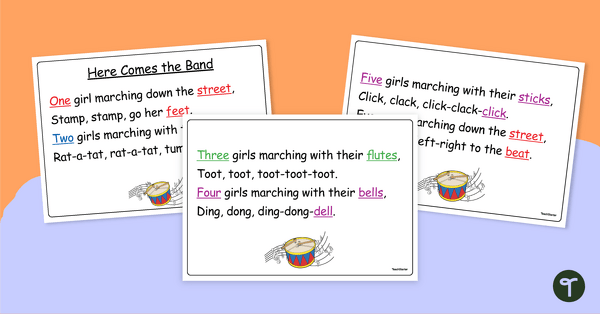




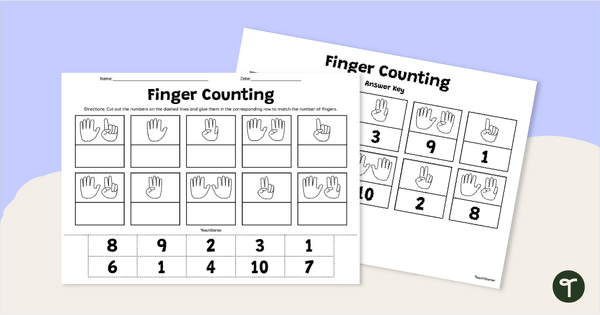

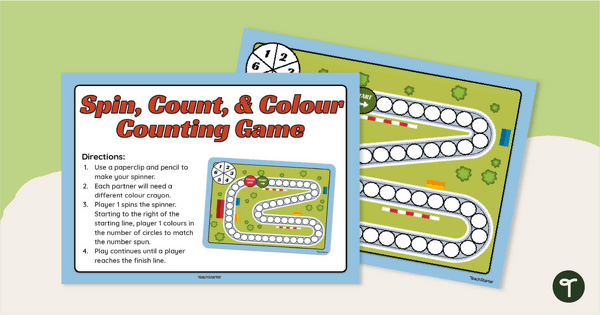
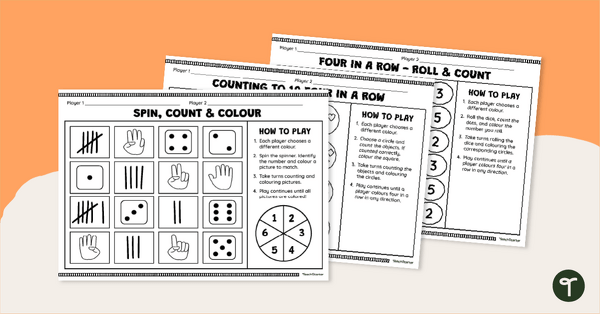
0 Comments
Write a review to help other teachers and parents like yourself. If you'd like to request a change to this resource, or report an error, select the corresponding tab above.